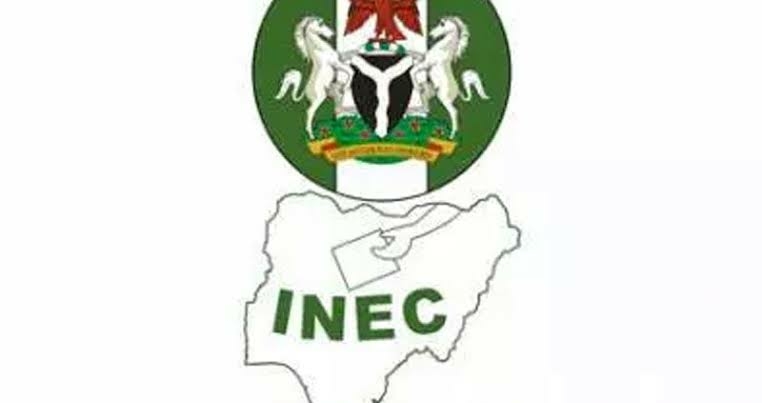The Independent National Electoral Commission (INEC) has revealed that Continuous Voter Registration (CVR) will be devolved to Ward levels in both Ekiti and Osun States.
The Chairman of INEC, Prof. Mahmood Yakubu, disclosed this at the commission’s meeting with Resident Electoral Commissioners (RECs) in Abuja, on Tuesday.
According to Yakubu, this move was to enable more citizens to register ahead of the governorship elections in Ekiti and Osun fixed for June 18 and July 16 respectively.
“Similarly, in order to provide more eligible voters with the opportunity to register, the Commission is considering the devolution of the exercise nationwide beyond our State and local government offices, where the registration currently takes place.
“The devolution of the CVR exercise to other designated centres is one of the major issues for discussion at this meeting,” he said.
On the functionality of the Bimodal Voter Accreditation System (BVAS), Yakubu said that so far, the device had performed optimally in the verification of voter cards and uploading of election results
According to him, it has also improved the credibility of the election outcome, since its introduction.
He said that while the challenges with the optimal functionality of the device were acknowledged, INEC would review and improve on it before the forthcoming by-elections, Osun and Ekiti governorship elections as well as the 2023 general elections.
“The outcome of elections conducted since the introduction of the BVAS in the Isoko South I State Constituency bye-election, followed by the Anambra Governorship election and most recently in the FCT Area Council election has been positively adjudged by observers as credible.
“However, the challenges to the optimal functionality of the device are acknowledged and we are working on them.
“When the commission introduced the BVAS last year, the compact device was intended to achieve two objectives.
“First is the verification of the genuineness of the Permanent Voter Cards (PVCs) and the fingerprint or facial authentication of voters during accreditation,” he said.
According to him, secondly, to replace the Z-pad for uploading the polling unit results to the INEC Result Viewing Portal (IReV) in real-time on Election Day.
“So far, the BVAS has performed optimally in verifying the authenticity of PVCs and uploading images of Polling Unit results to the IReV.
“We will review and improve its functionality for biometric accreditation of voters in the forthcoming bye-elections and off-season Governorship elections before the 2023 general elections.
“The Commission remains convinced that the deployment of technology in our elections safeguards the integrity of the vote and provides a better guarantee for electoral credibility than the best manual process,” Yakubu said.
He said that review of election day administration in general was one of the issues to be discussed at this meeting.
Yakubu said that the commission had over the years made giant strides in improving electoral logistics, staff recruitment, training, deployment and the introduction of technology for voter verification and authentication.
He added that creation of Registration Area Centres (RACs) improved the early opening of polls, adding that benefits of these new innovations to the electoral process and the credibility of elections had been enormous.
The INEC chairman said that over the next few weeks, INEC would intensify efforts on decongestion of polling units ahead of the forthcoming Ekiti and Osun governorship elections and ultimately the 2023 general elections.
According to Yakubu, finding a solution to the issue was one of the reasons for convening the meeting.
“Closely related to the issue of CVR is the balanced distribution of voters to polling units nationwide.
“Last year, the Commission achieved the historic feat of expanding voter access to polling units nationwide.
“The idea is to decongest the densely populated polling units by converting the erstwhile Voting Points (VPs) and Voting Point Settlements (VPS) to Polling Units and relocating some of them to un-served and underserved areas to make it easier for voters on Election Day.
“While this lofty goal has been achieved in many states, there are still congested Polling Units and other Polling Units with between 0 and 50 voters as we saw in some of the recent elections.”

















Discussion about this post